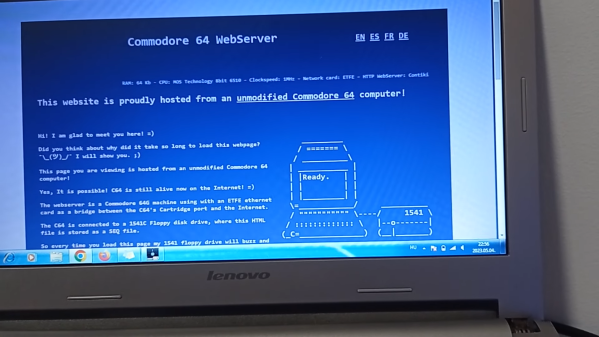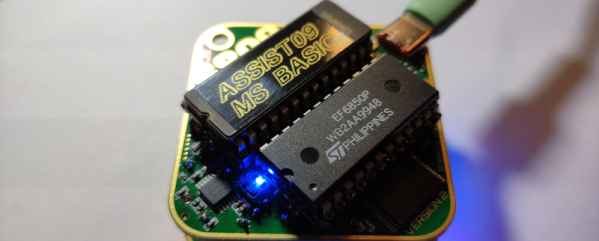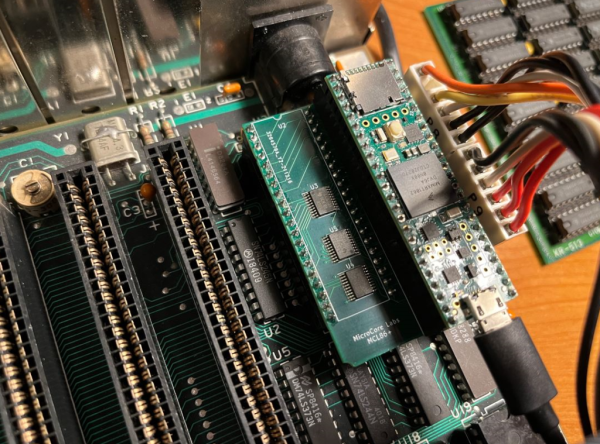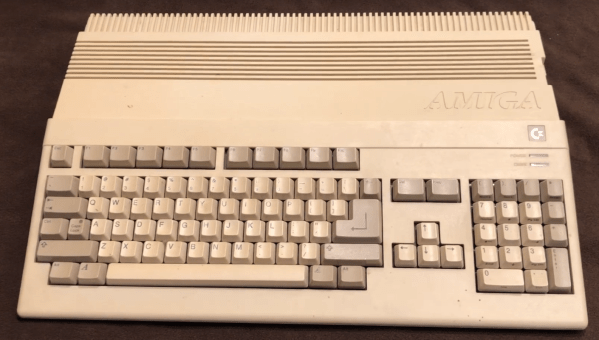Will it or won’t it? That’s the question much on the minds of astronomers, astrophysicists, and the astro-adjacent this week as Betelgeuse continued its pattern of mysterious behavior that might portend a supernova sometime soon. You’ll recall that the red giant star in the constellation Orion went through a “great dimming” event back in 2019, where its brightness dipped to 60% of its normal intensity. That was taken as a sign that perhaps the star was getting ready to explode — or rather, that the light from whatever happened to the star 548 years ago finally reached us — and was much anticipated by skywatchers, yours truly included. As it turned out, the dimming was likely caused by Betelgeuse belching forth an immense plume of dust, temporarily obscuring our view of its light. Disappointing.
Those who gave up on the hope of seeing a supernova might have done so too fast, though, because now, the star seems to be swinging the other way and brightening. It briefly became the brightest star in Orion, nearly outshining nearby Sirius, the brightest star in the sky. So what does all this on-again, off-again business mean? According to Dr. Becky, a new study — not yet peer-reviewed, so proceed with caution — suggests that the star could go supernova in the next few decades. The evidence for this is completely unrelated to the great dimming event, but by analyzing the star’s long history of variable brightness. The data suggest that Betelgeuse has entered the carbon fusion phase of its life, a period that only lasts on the scale of a hundred years for a star that size. So we could be in for the ultimate fireworks show, which would leave us with a star brighter than the full moon that’s visible even in daylight. And who doesn’t want to see something like that?
















